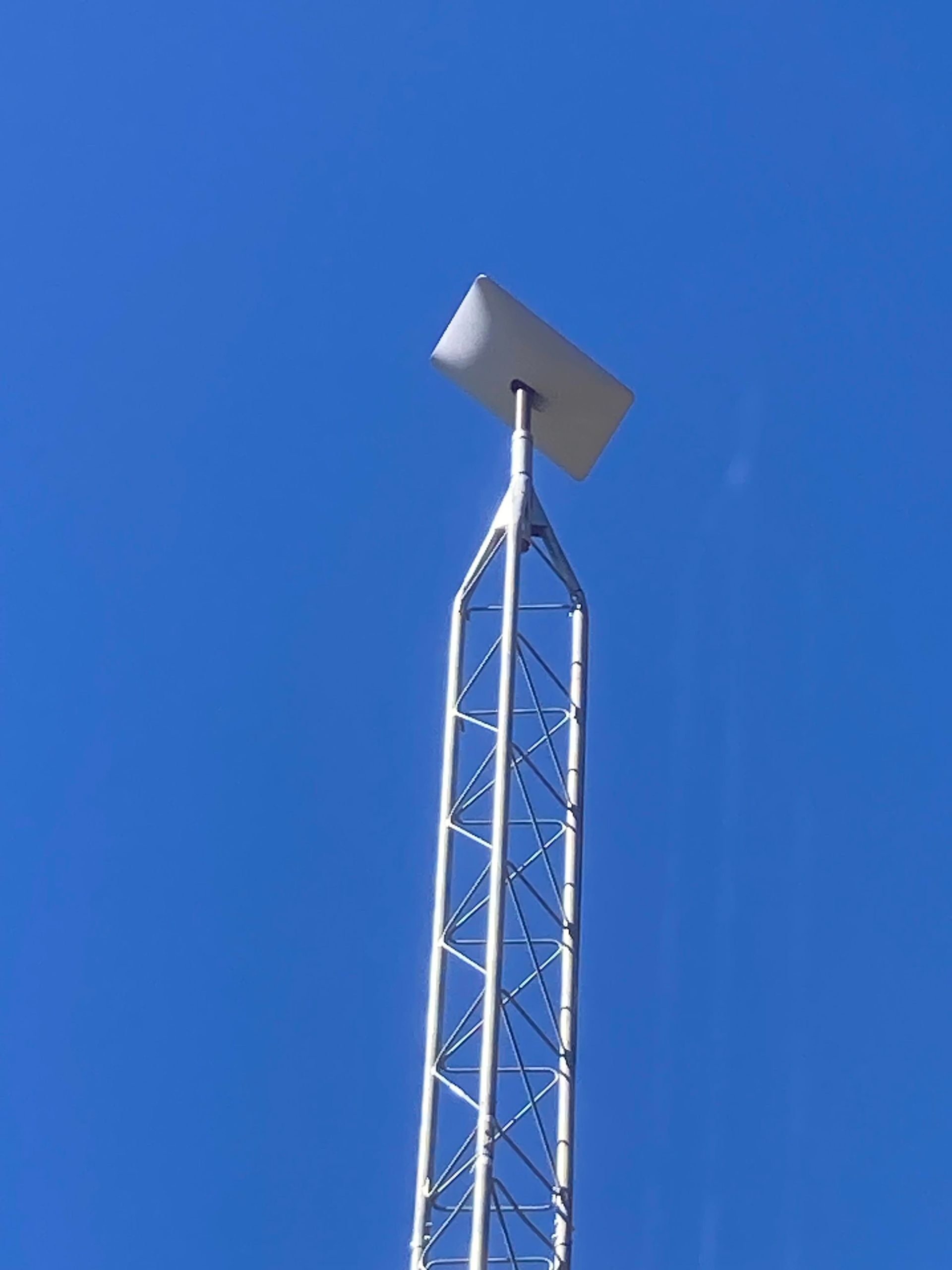John Pearce
Elon Musk has created a global internet service

Starlink is a satellite internet constellation developed by SpaceX that provides high-speed internet access, especially in rural and remote areas.
Here’s how it works:
- Satellite Network: Starlink consists of thousands of small satellites in low Earth orbit (LEO). This low altitude reduces latency compared to traditional satellites that operate in geostationary orbit.
- Ground Stations: Ground stations on Earth connect to the internet and communicate with the satellites. These stations relay data between the satellites and the global internet.
- User Terminals: Customers use a satellite dish (often called a “terminal”) that automatically aligns itself with the satellites overhead. This dish connects to a Wi-Fi router to provide internet access in homes or businesses.
- Data Transmission: Data is transmitted between the user terminal and satellites using radio frequencies. The satellites then route the data to the nearest ground station, which connects to the internet backbone.
- Low Latency: Because the satellites are in low Earth orbit (around 340 km to 1,200 km), the signal travels a shorter distance than traditional satellite internet, resulting in lower latency—typically around 20 to 40 milliseconds.
- Global Coverage: As more satellites are launched, Starlink aims to provide extensive global coverage, even in areas where traditional internet infrastructure is lacking.
Overall, Starlink is designed to provide fast and reliable internet access anywhere, leveraging advanced satellite technology and a growing network of satellites in space.
For additional information on Starlink, contact John Pearce at International Satellite & Antenna Service



